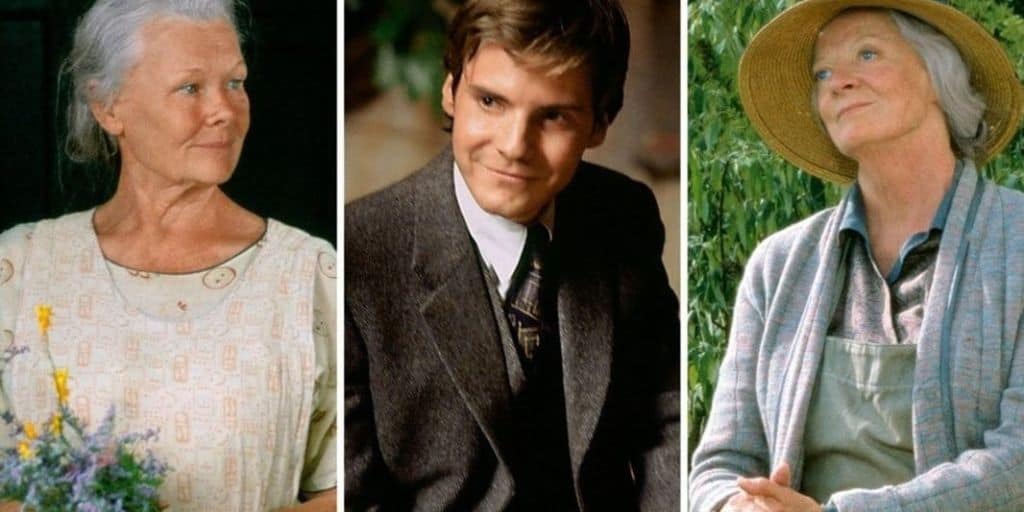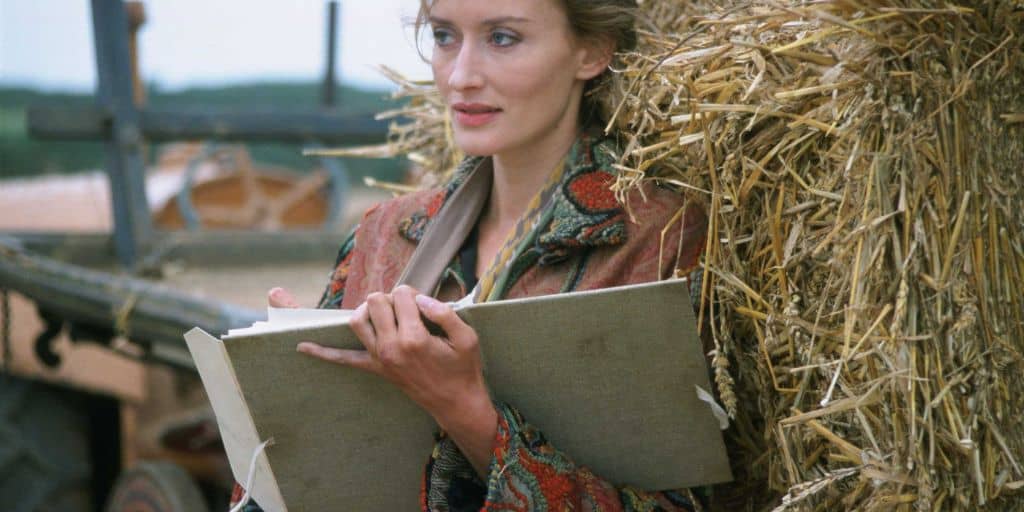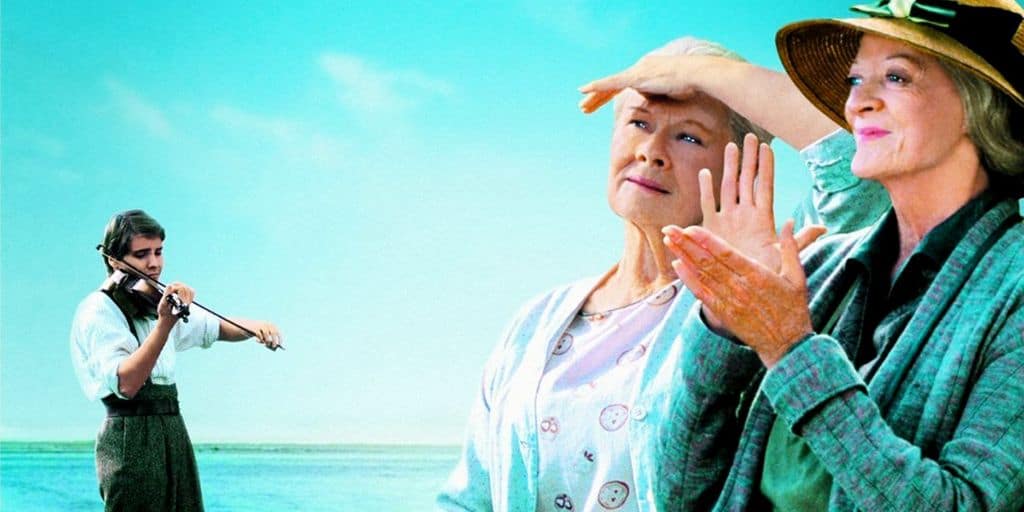Charles Dance is the writer and director of the 2004 British drama film Ladies in Lavender. William J. Locke’s short story from 1908 served as the inspiration for the script. Judi Dench, Maggie Smith, Natascha McElhone, and Miriam Margolyes are among the movie’s stars.
The 1936 setting of “Ladies in Lavender” is a tiny fishing community in Cornwall. Two elderly spinster sisters named Ursula and Janet Widdington come upon Andrea, a young Polish violinist who washed up on a nearby beach after being swept off a cruise ship.
They fall in love with the gifted musician as they tend to his recovery. But Olga Danilof, the well-known musician Boris Danilof’s sister, shows an interest in Andrea’s music, upsetting their quiet existence. Knowing that her sister has affection for him, Janet destroys an Olga letter that was meant for Andrea. Olga and Andrea get more intimate over time, so the sisters are concerned when he suddenly departs with Olga to see Boris in London.
Plot Of The Movie
The 1936 setting of Ladies in Lavender takes place in a quaint fishing village in stunning coastal Cornwall. Andrea, a young, talented musician from Kraków, Poland, is washed overboard from his ship during a storm when he is travelling to America. The attractive stranger is found by Janet and Ursula Widdington on the beach underneath their home, and they take care of his medical needs.
But the quiet lives of the sisters are disturbed by the arrival of the young guy with musical skills, and Ursula begins to feel romantically attracted to the younger man. After seeing Andrea play the violin, Olga Danilof, a vacationing artist and the sister of renowned musician Boris Danilof takes an interest in him. In a letter to the sisters, Olga introduces herself and says she would want to introduce Andrea to her brother.

Knowing that her sister has affection for Andrea, Janet burns the letter rather than handing it to him. Olga and Andrea become closer over time, and one day Andrea confronts the sisters angrily about the letter. After acknowledging that Ursula harbours affection for him, Andrea apologizes and they make up.
After Olga informs her brother about Andrea’s skills, he requests a meeting with her in London. Olga informs Andrea that they had to board a train right away because her brother is only in London for a day when they meet to talk about the letter from her brother.
Despite his profound affection for the sisters, Andrea understands that this is his opportunity to launch a career, so he goes without saying goodbye to Olga. Fearing for his safety, the sisters contact an acquaintance of Andrea’s who reports that he witnessed Olga and Andrea boarding a train.
Janet does her best to comfort Ursula, who is devastated and believes she won’t see him again. Later, Andrea writes to thank them for saving his life and includes a portrait of himself that Olga created. While the rest of the community watches on the radio, the sisters head to London to see Andrea play live for the first time in Britain.
Ladies In Lavender Ending Explained
Though the climax of the film “Ladies in Lavender” leaves room for interpretation, it can be interpreted as a bittersweet coda to the tale of Janet and Ursula, two elderly sisters who lead peaceful lives in a small Cornish village. Their lives are drastically altered when a young Polish violinist named Andrea washes up on the beach outside their house and is taken in.
As the narrative progresses, Andrea’s musical ability is revealed, and he gains importance for the two sisters—Ursula in particular—who start to feel a romantic connection with him. But Ursula understands she has to let him go and move on when Andrea is allowed to further his profession in America.

The movie ends with Janet and Ursula walking under a stone archway and returning to the rocky shore where the story all started. Ursula scampers over a rock formation toward the lake, tossing a stone in the air with a joyous and active gait.
This last scene, which is backed by a soft piano melody, conveys a sense of coming home, rebirth, and inner serenity. Because of their similar life experiences, these two elderly women have become equals and we have come to know them in ways that we did not at first.





